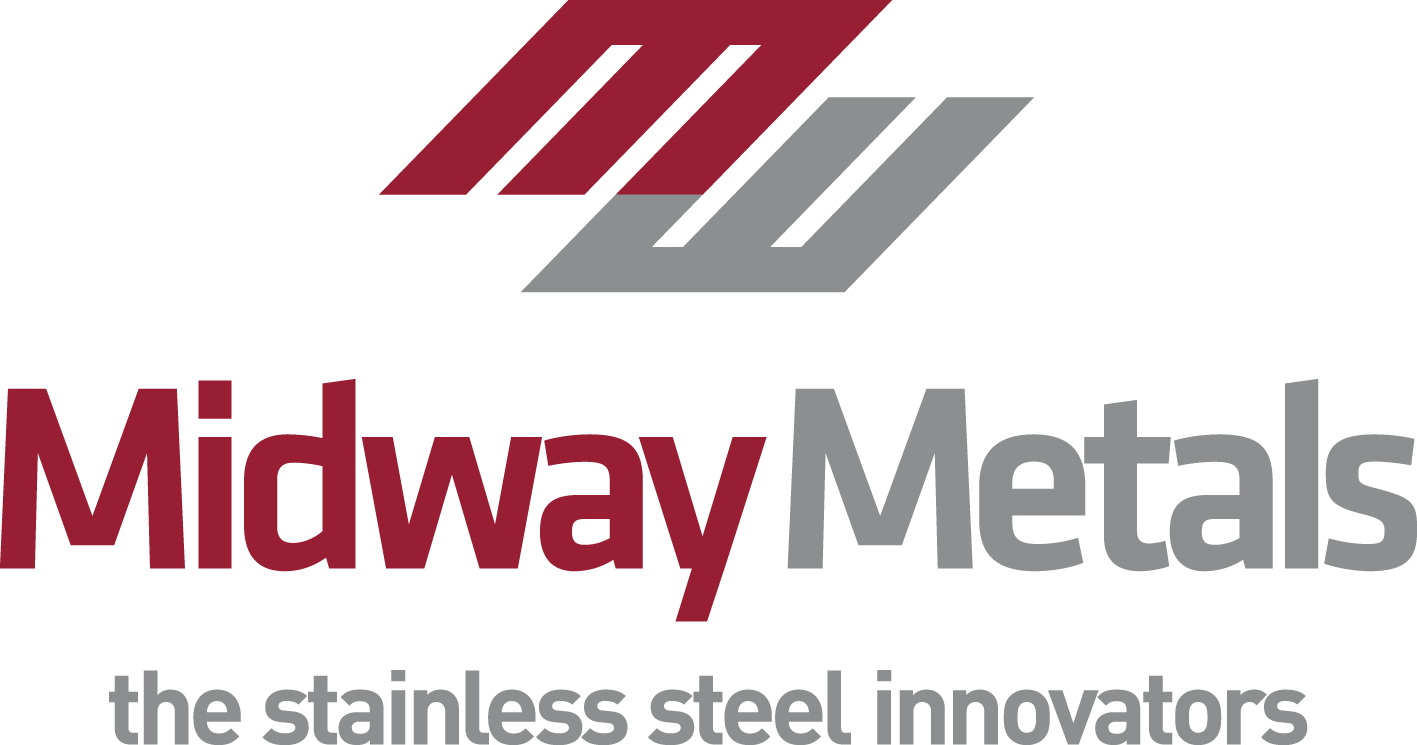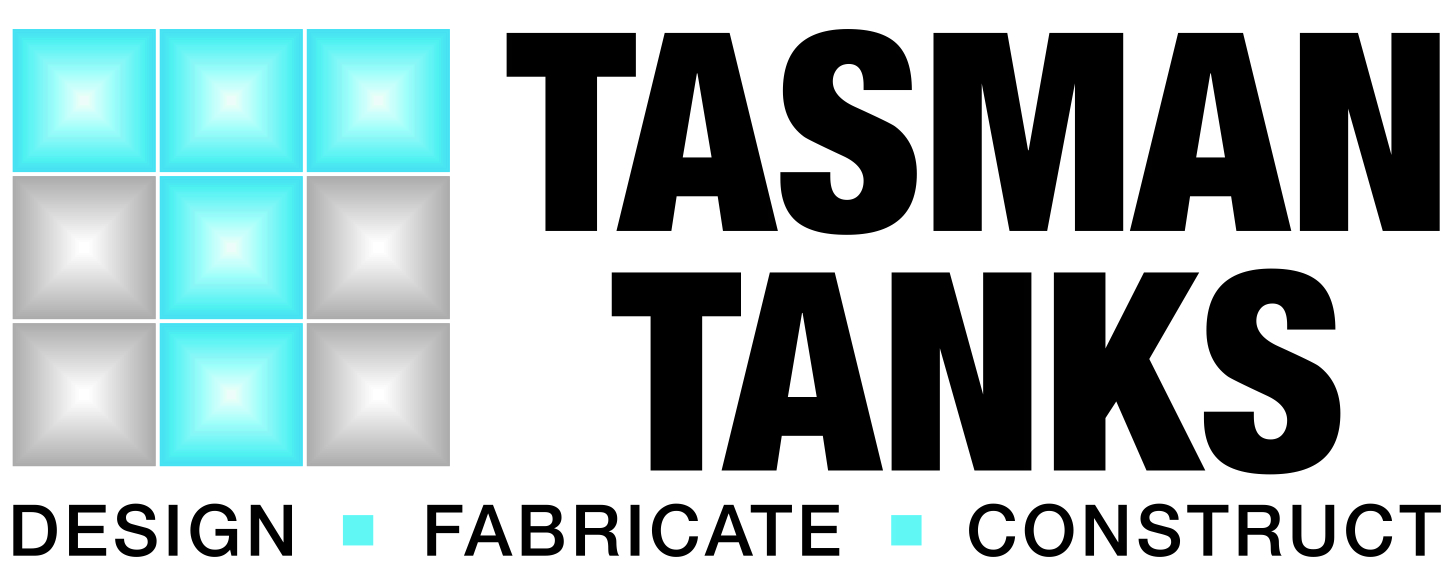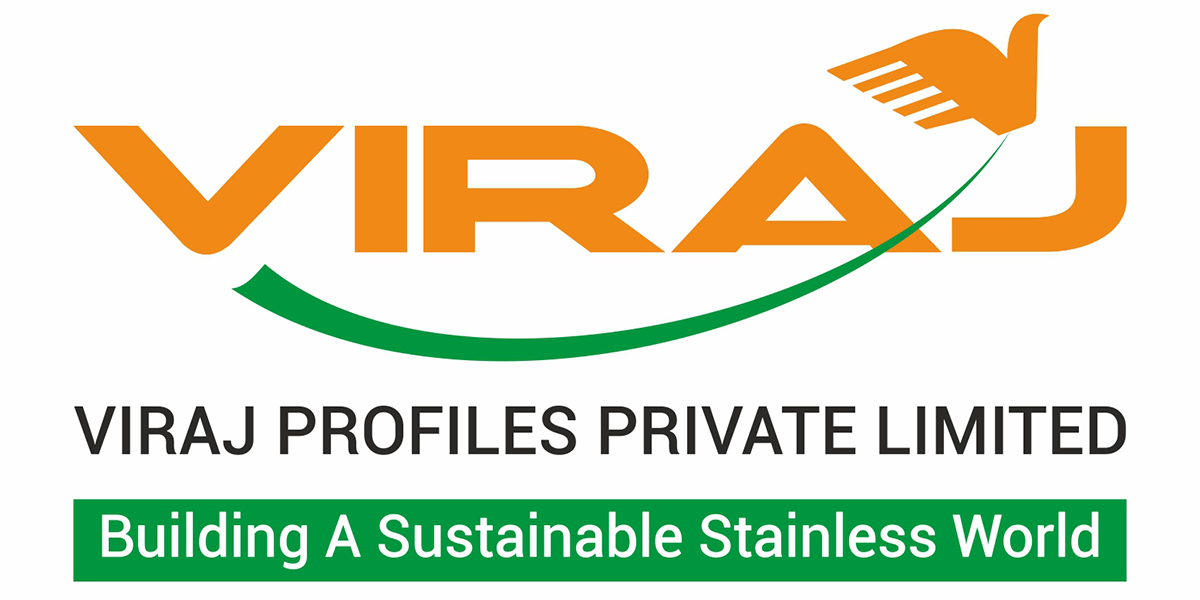Stainless steel mesh has combined form and function in a patient-centred design to deliver a safe, outdoor sanctuary for recovering mental health patients.
Ancient civilisations understood the critical importance of daylight associated with human health, happiness, and wellbeing. Today, there is increased interest in green architecture, with natural light and air becoming a significant design consideration. Studies suggest that light and nature should be strongly considered when building new medical facilities, because of their positive effects on recovery.
Austin Hospital in Melbourne’s north-eastern suburb of Heidelberg is a leading healthcare, teaching and research facility renowned for its specialist services in



































